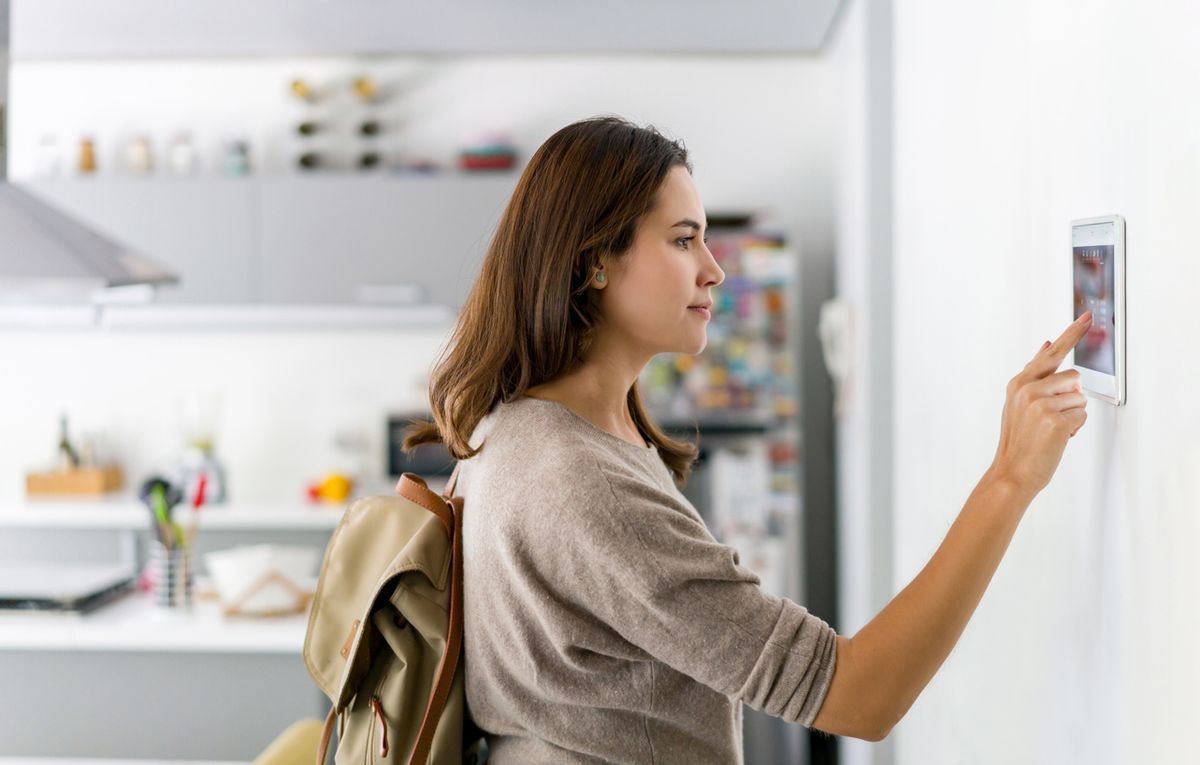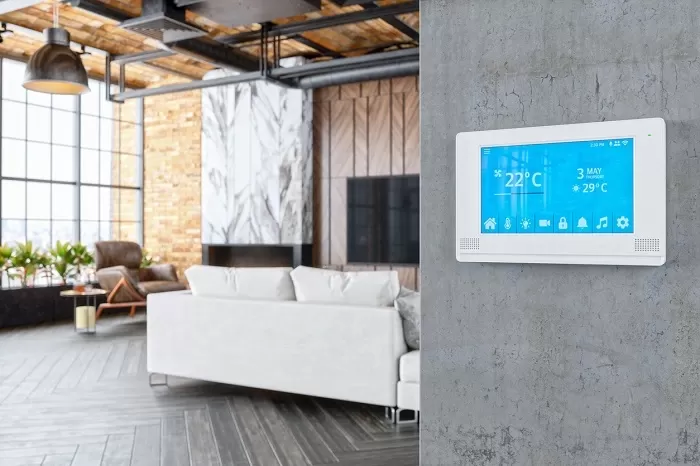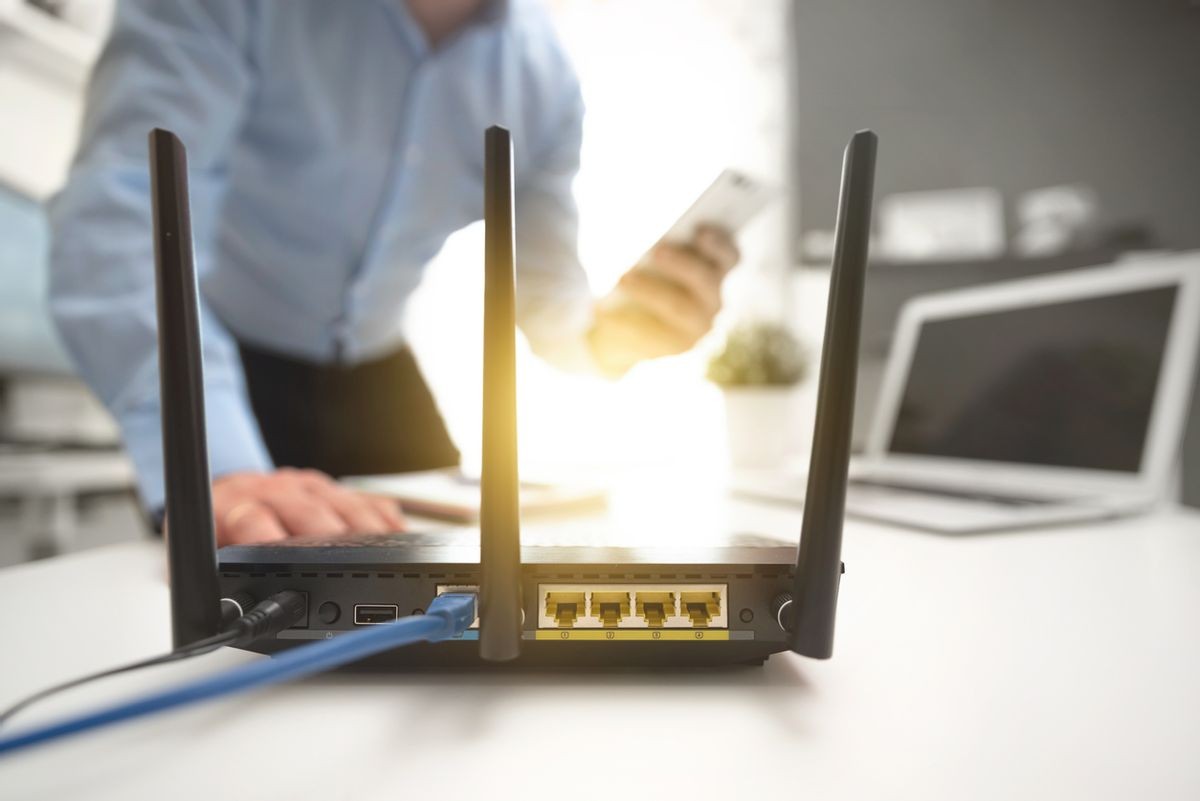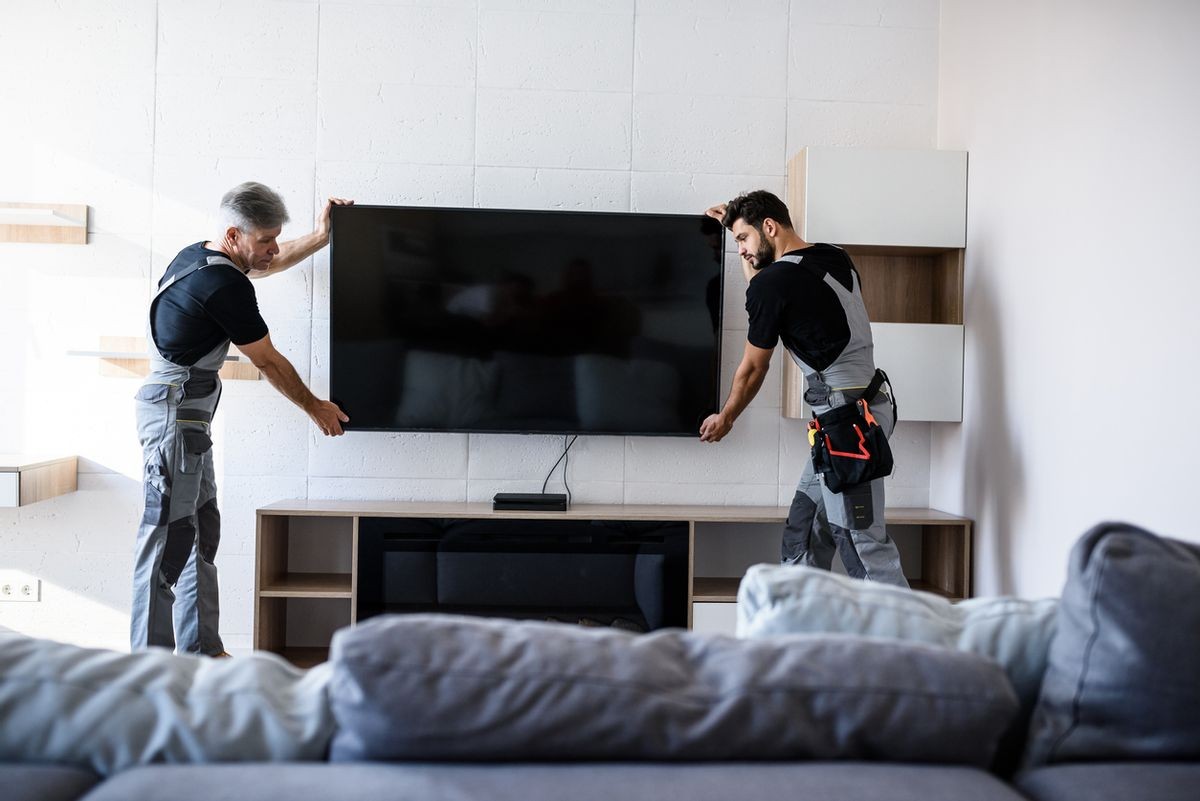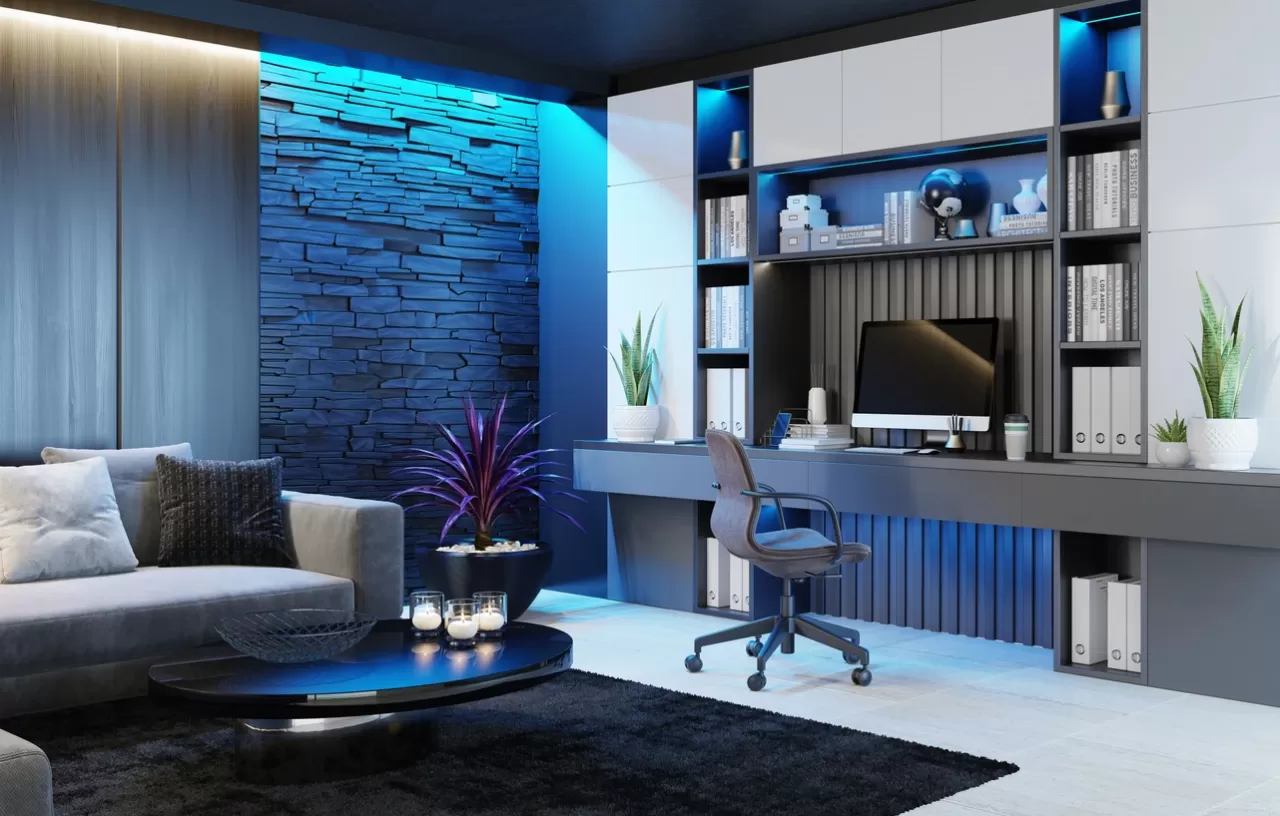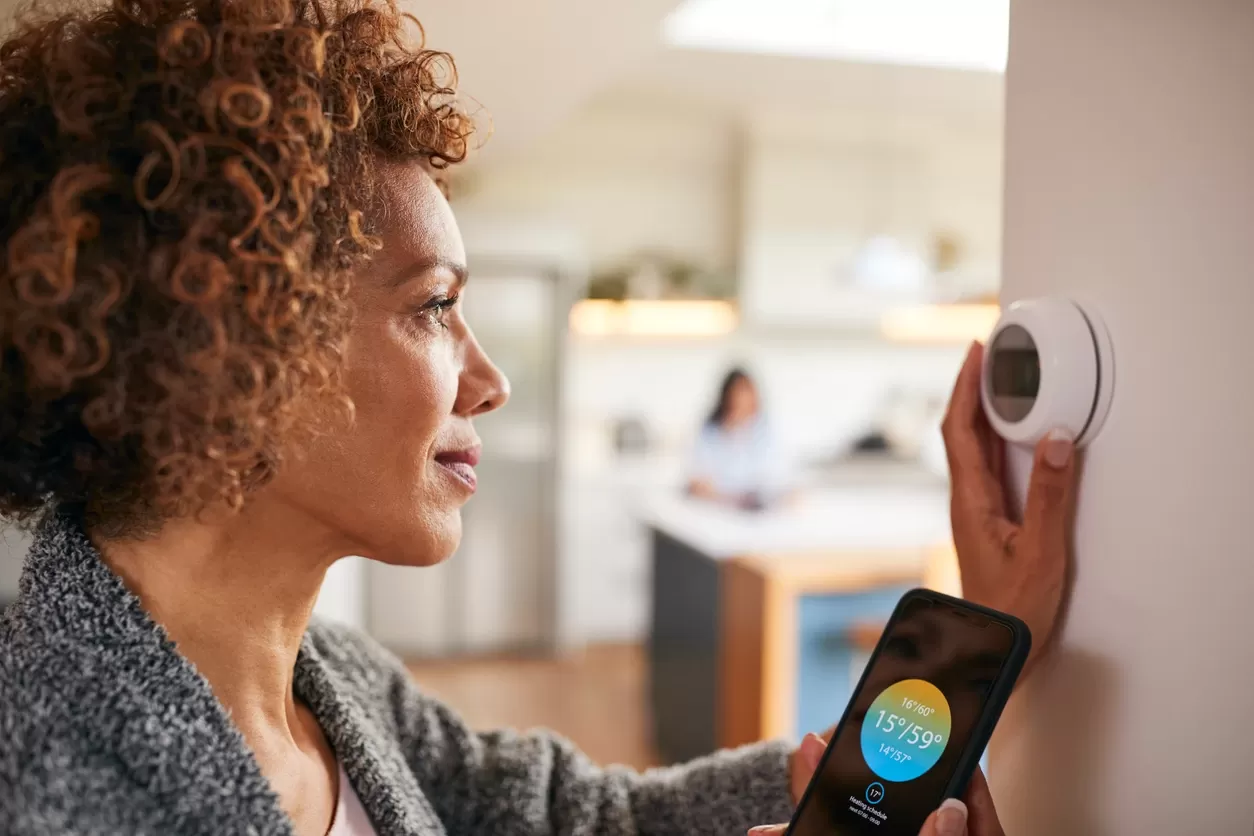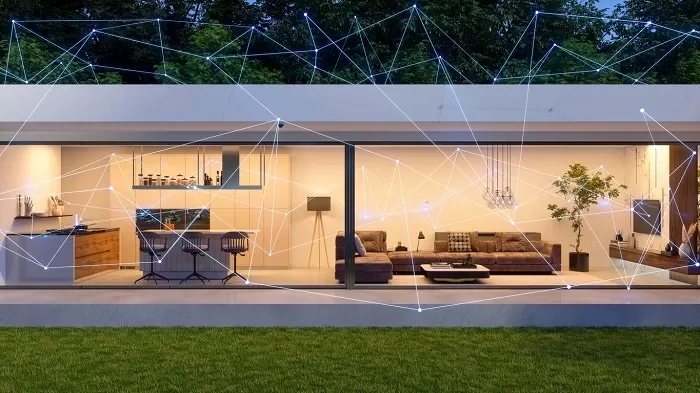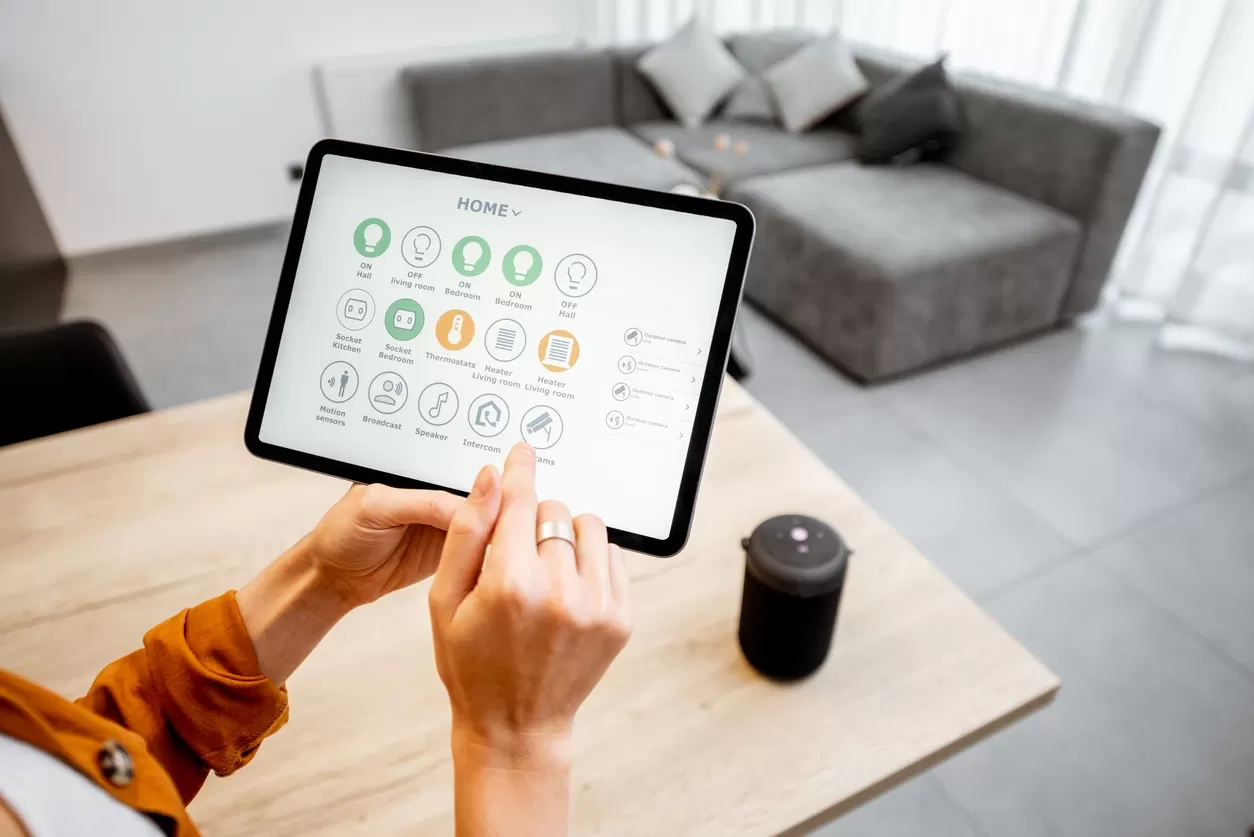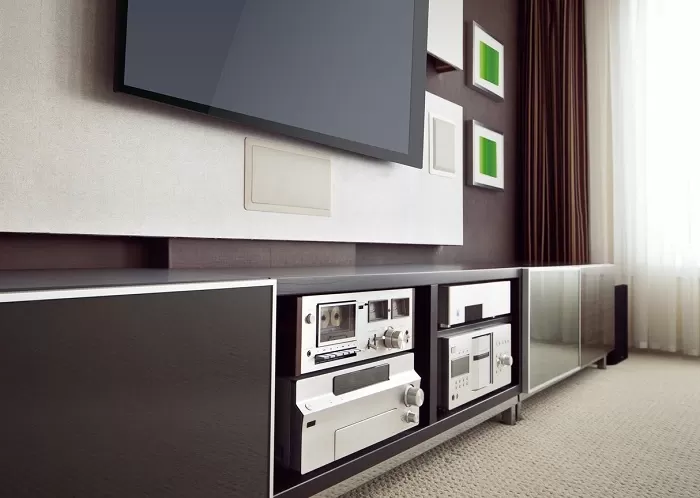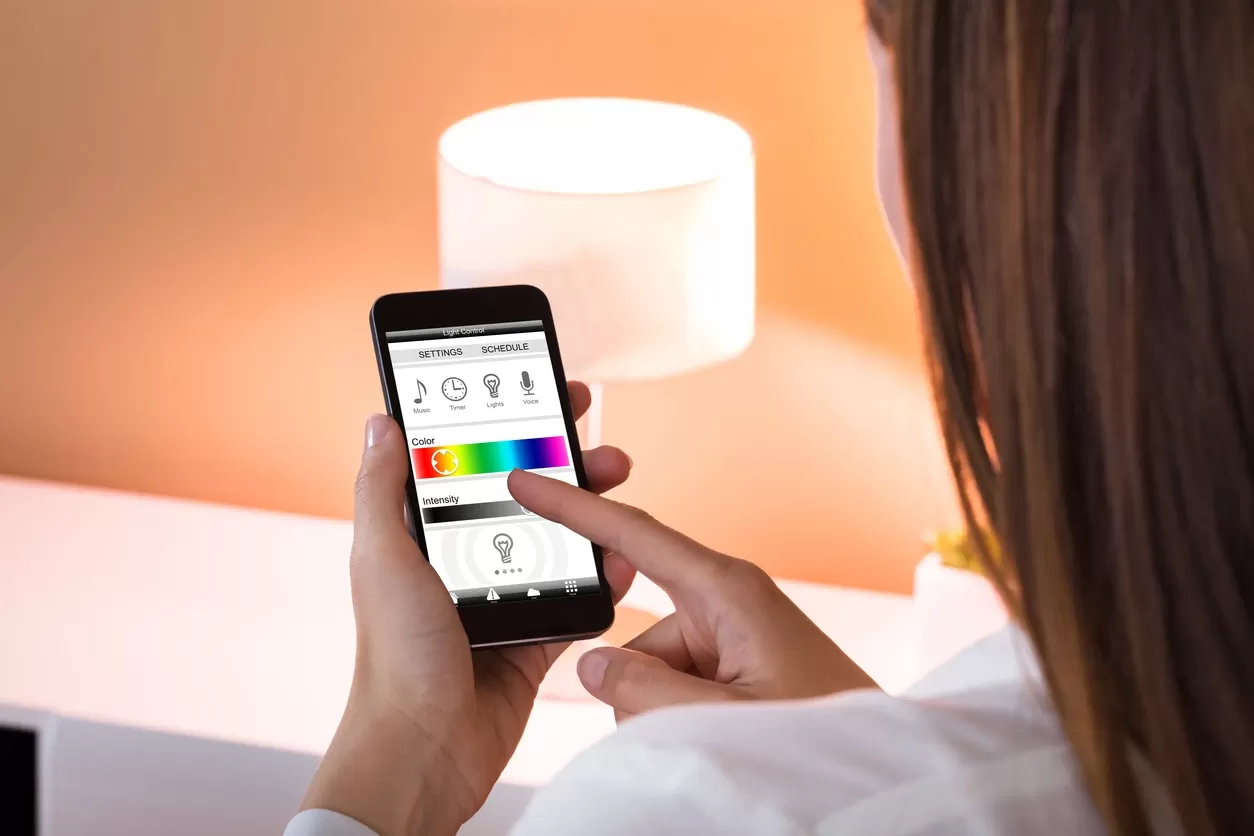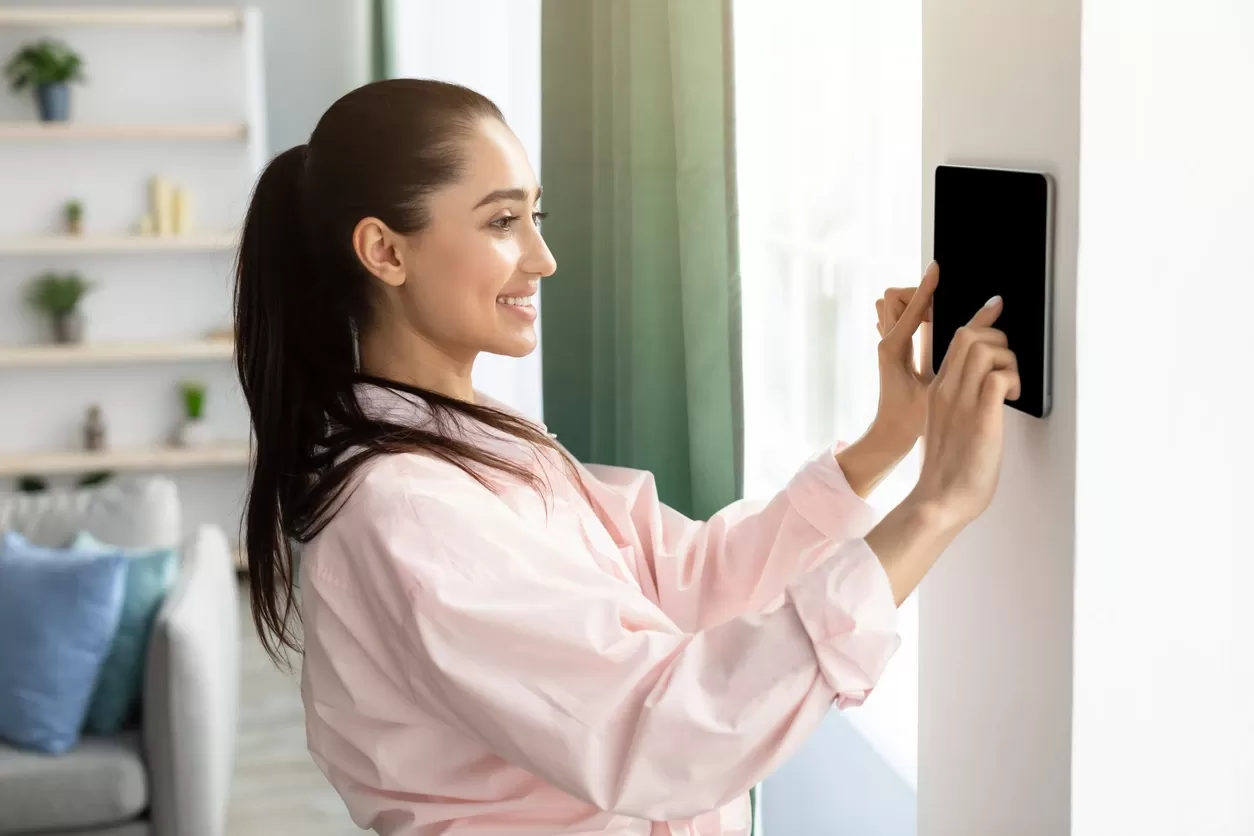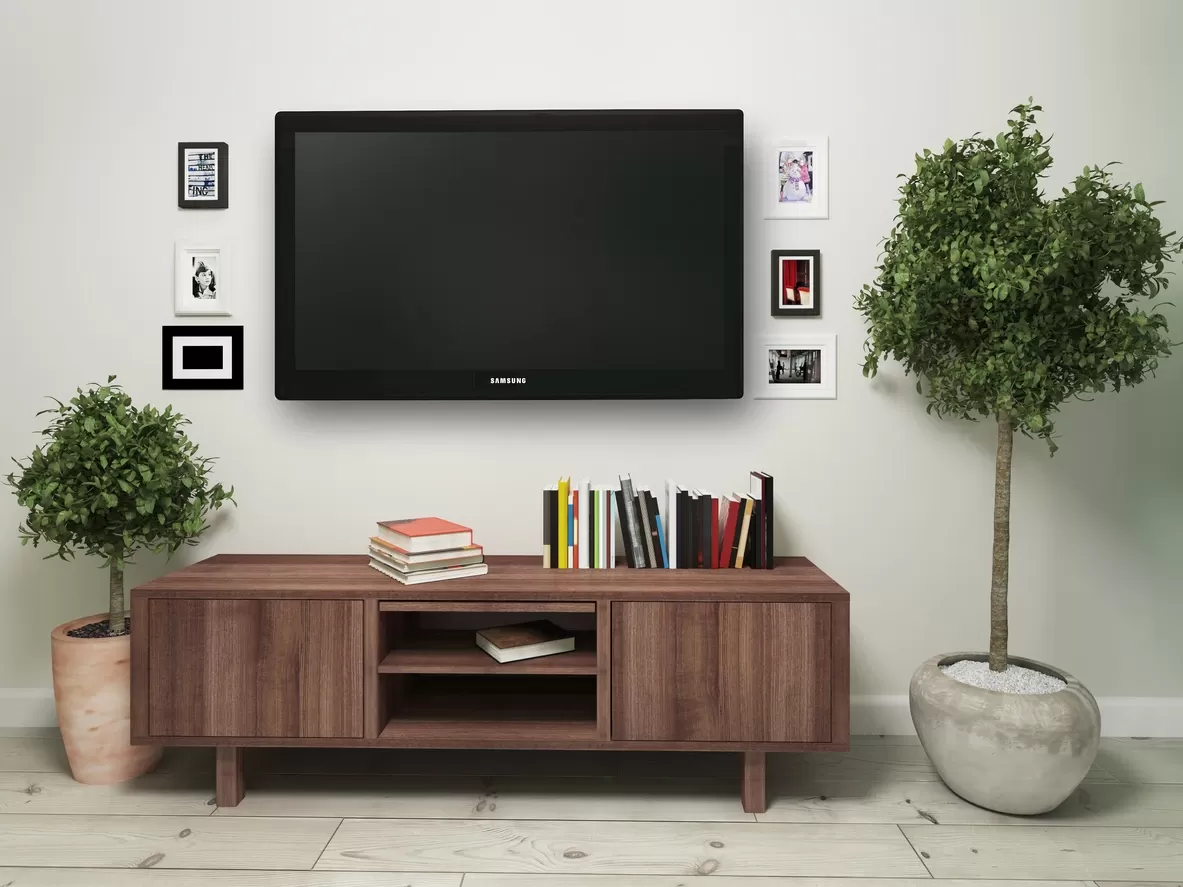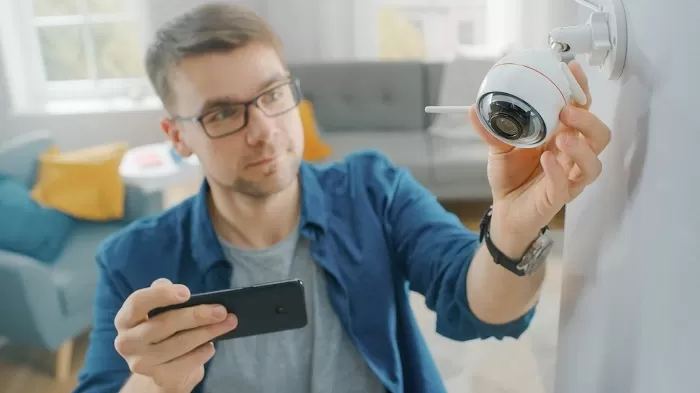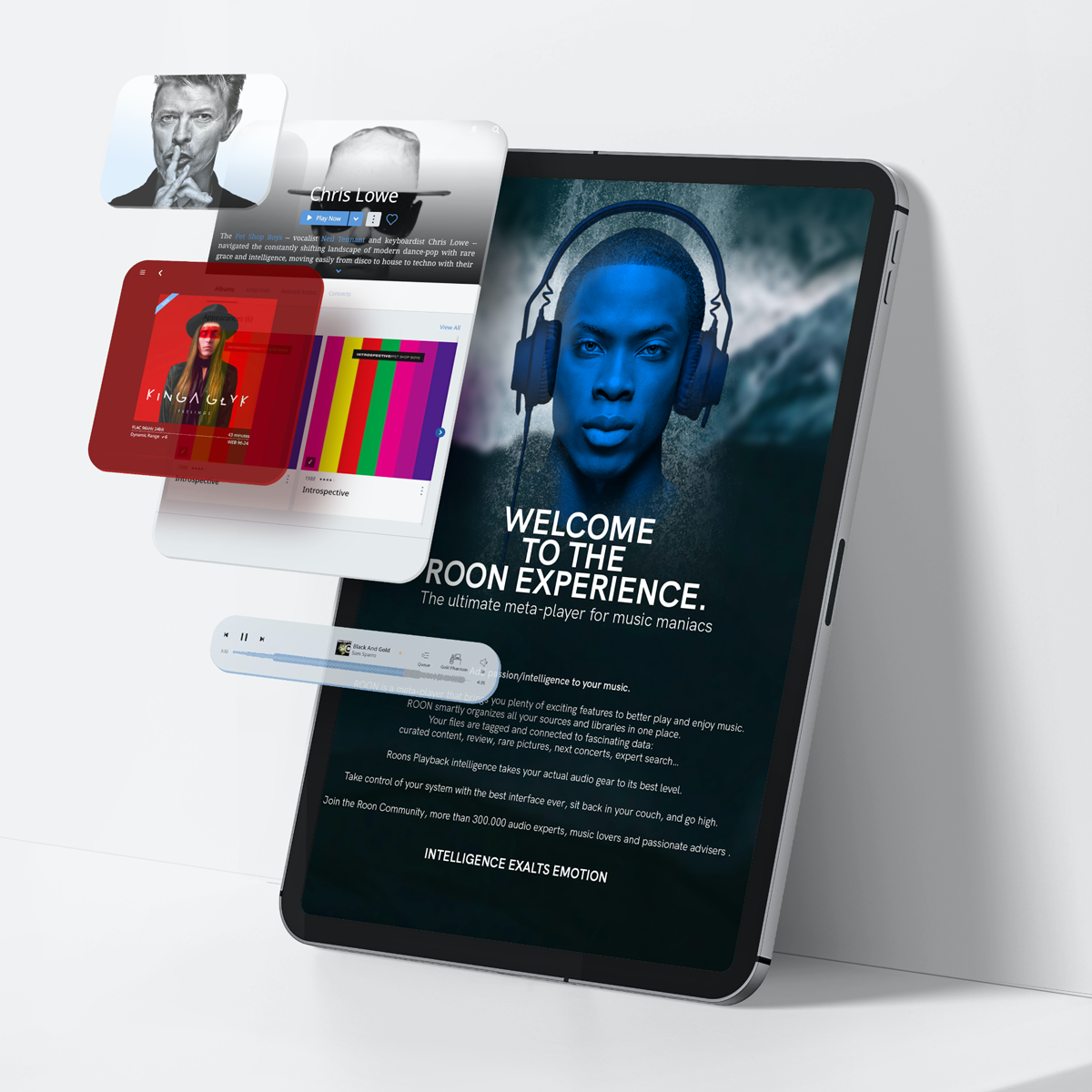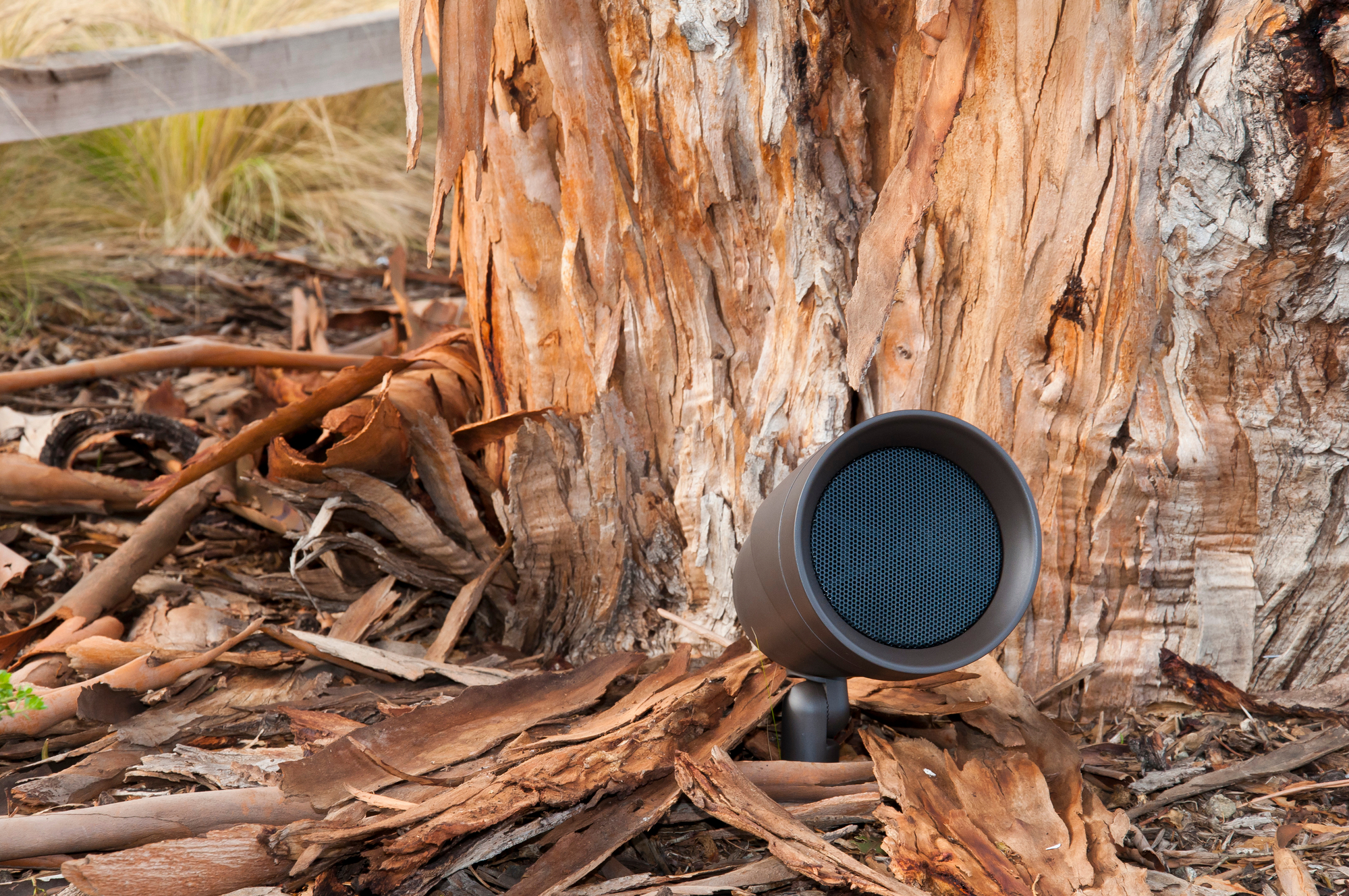What is Your Ideal Speaker Placement?
So, what is the ideal placement for your sound system? In a perfect world, you'd have a square room with minimal obstructions between you and the speaker. But that's not always possible, and so you'll have to accommodate for what is in each room. Remember that you want enough space for each speaker to have individual audio fields without getting echo-y or otherwise distorted.
What Does That Actually Look Like?
To find the correct placement for your space, you need to do some trial and error to place each type of speaker.
- Front Left & Right Speakers: Place these far enough apart to distinguish sounds coming from either direction. If your room is asymmetrical, you may need to tinker with the channel's panning and volume levels.
- Center Channel: Equalize with your front speakers in mind to get a smooth range of sound, especially with dialogue. Most setups have this speaker above or below the screen.
- Surround Speakers: Space them apart from the same distance as your front speakers or a little wider and face them towards you. Or place them behind your seating position and angle them toward you.
- Subwoofer: Work in any spot, ideally in a corner with no X-factors like furniture, carpeting, or thick wall construction to interfere. Clean, punchy bass is the goal with no rattling of windows or dishes, so try placing them near your seating locations for the best impression.
What About the Room Size?
Of course, the size of your room is another crucial factor in finding the perfect sound system. You might think that the larger the speaker, the better, but if you don't have enough space for the sound to move, even the best quality speakers will leave you disappointed with your sound system. Instead, you'll need to choose the sound system that fits your space.
Small Rooms
A small room is typically a bedroom-sized room with an 8-ft. ceiling. You'll need to place your speakers about 6 to 8 feet away from the listener. But which speakers should you get? Giant floor speakers will be too much power for this setup, so you're better off with a two- or three-channel system instead. Don't forget to consider on-wall speakers to free up floor space and tweak your sound with acoustic panels.
Pro Tip: Remember that desktop speakers are designed to provide sound at close distances and aren't ideal for a full-room setup.


